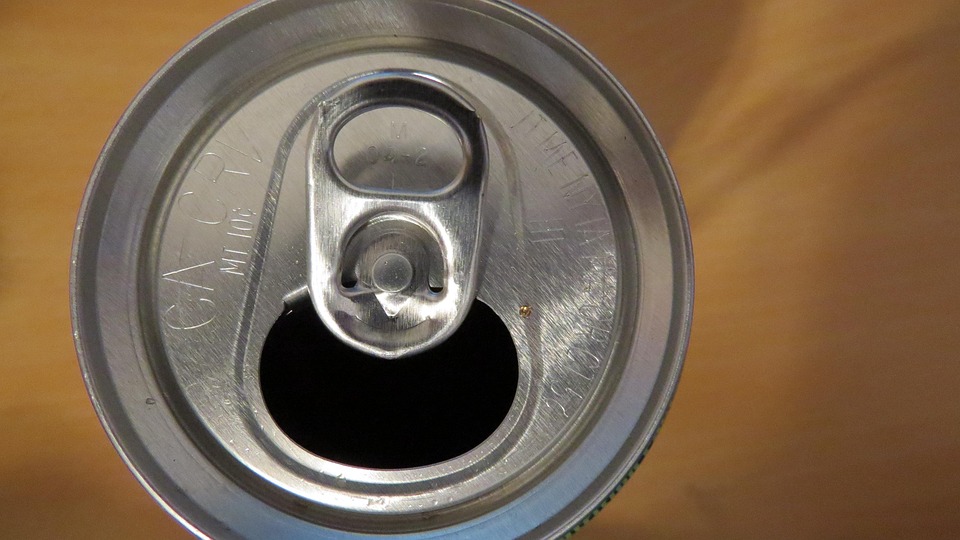Can You Put Oil In Your Car When It's Hot

The question of whether you can add oil to your car's engine when it's hot is one that sparks debate among even seasoned mechanics. The short answer is: yes, you can. But, as with many things automotive, the devil is in the details. Let's delve into the potential risks and best practices.
The Potential Pitfalls of Adding Oil to a Hot Engine
The primary concern revolves around the sudden temperature differential. Introducing relatively cool oil to extremely hot engine components can, theoretically, cause thermal shock. This is most pronounced in older engines with cast iron blocks, which are more susceptible to cracking due to rapid temperature changes. While less of a concern with modern aluminum alloy blocks, it's still a factor to consider, particularly when dealing with high-performance engines that operate at elevated temperatures.
Another concern, although less severe, is the potential for the new oil to immediately vaporize if it comes into contact with extremely hot surfaces. This can create localized hot spots and potentially lead to the formation of sludge or varnish, especially if the oil quality is subpar. This isn't likely to cause catastrophic failure immediately, but over time, it can contribute to reduced engine performance and longevity.
Finally, and perhaps most practically, working with a hot engine increases the risk of burns. Touching hot engine components or splashing hot oil can lead to significant injuries. Always exercise extreme caution when working around a hot engine.
Best Practices for Adding Oil to a Hot Engine
While avoiding adding oil to a hot engine altogether is the safest course of action, sometimes it's unavoidable. Perhaps the oil level indicator illuminates unexpectedly while you're on the road, or you're preparing for a track day and need to top off the oil. In these situations, follow these best practices to minimize potential risks:
- Let it Cool Down (If Possible): Ideally, allow the engine to cool for at least 30 minutes, or even longer if ambient temperatures are high. This will significantly reduce the temperature differential and the risk of thermal shock.
- Check the Oil Level Carefully: Before adding any oil, double-check the oil level using the dipstick. Overfilling the engine can be just as detrimental as running it low on oil. Refer to your owner's manual for the proper procedure.
- Use the Correct Oil Type: Ensure you're using the oil specified in your owner's manual. Mixing different oil types can lead to incompatibility issues and reduced lubrication effectiveness. Viscosity is especially crucial.
- Pour Slowly and Carefully: Add the oil gradually, allowing it to flow smoothly into the engine. Avoid pouring too quickly, which could cause splashing and uneven distribution.
- Monitor the Oil Level After Adding: After adding the oil, wait a few minutes and recheck the oil level using the dipstick. Add more oil as needed, but avoid overfilling.
- Use Protective Gear: Wear appropriate protective gear, including gloves and eye protection, to prevent burns or splashes.
When to Call a Professional
If you're unsure about adding oil to your car's engine, or if you're experiencing significant oil consumption issues, it's always best to consult a qualified mechanic. They can diagnose the underlying problem and recommend the appropriate course of action. Specifically, if you notice any of the following, professional help is warranted:
- Excessive oil consumption requiring frequent top-offs.
- Visible oil leaks.
- Blue or white smoke emanating from the exhaust pipe.
- A persistent low oil pressure warning light.
Modern Oils and Engines: Are They More Forgiving?
While the fundamental principles remain the same, modern synthetic oils and engine designs are generally more resilient to thermal shock than their older counterparts. Synthetic oils, for example, offer superior thermal stability and resistance to degradation at high temperatures. Modern engine blocks, often constructed from aluminum alloys, are also better at dissipating heat and resisting cracking. However, this doesn't eliminate the risks entirely, and adhering to best practices is still crucial.
In conclusion, adding oil to a hot engine is generally acceptable if done carefully and with proper precautions. While it's preferable to let the engine cool down first, that's not always practical. By understanding the potential risks and following the recommended guidelines, you can safely top off your engine oil and keep your vehicle running smoothly. Remember to always prioritize safety and consult a professional if you have any concerns.
